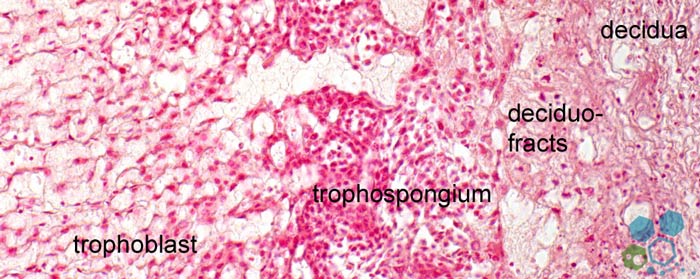
Obligatory asymmetric replication is also known as asymmetric cell division is the process by which a stem cell undergoes differentiation or division. The final result of which are two daughter cells. [1]
One cell is identical to the mother cell and the other a totally differentiated one. This is one of the processes in regenerative medicine that allows stem cells to undergo to maintain their number and form a “stem cell reserve.” The other process is known as stochastic differentiation. Obligatory asymmetric replication refers to a phenomenon in which, during DNA replication, one DNA strand is always replicated in a continuous manner (leading strand) while the other strand is replicated discontinuously (lagging strand). This asymmetry arises because DNA synthesis by DNA polymerases can only occur in a 5′ to 3′ direction.
The ends of linear chromosomes, called telomeres, present additional challenges during replication, especially for the lagging strand, due to the obligatory asymmetry. This is because the very end of the lagging strand cannot be fully replicated, leading to the potential shortening of telomeres with each cell division. This phenomenon has implications for cellular aging and is a focus of much research.
Obligatory asymmetric replication is a fundamental aspect of DNA replication in cells with linear chromosomes and has several biological implications, from the molecular machinery needed to accomplish replication to broader considerations about genome stability and cellular aging.
[1] ^Ralph A. Neumüller,Juergen A. Knoblich Dividing cellular asymmetry: asymmetric cell division and its implications for stem cells and cancer Genes Dev. 2009 Dec 1; 23(23): 2675–2699.
doi: 10.1101/gad.1850809
Zombie cells, also called senescent cells, are non-dividing cells that accumulate in the body due to stress or damage, resisting… Read More
Chimeric antigen receptor-T cell treatment (CAR-T cell therapy) holds immense potential to revolutionize organ transplantation, particularly for patients who struggle… Read More
In the ever-evolving landscape of nutrition science, the discourse around dietary fats has undergone significant transformation. The Regeneration Center is… Read More
New research shows that specific types of brain cells become active after brain injuries and exhibit properties similar to those… Read More
Chemokines, critical components in the immune system, are small proteins that facilitate the migration and positioning of immune cells throughout… Read More
Stem cell research examines everything from gene expression to differentiation capacities to therapeutic potentials. With such diverse data types and… Read More